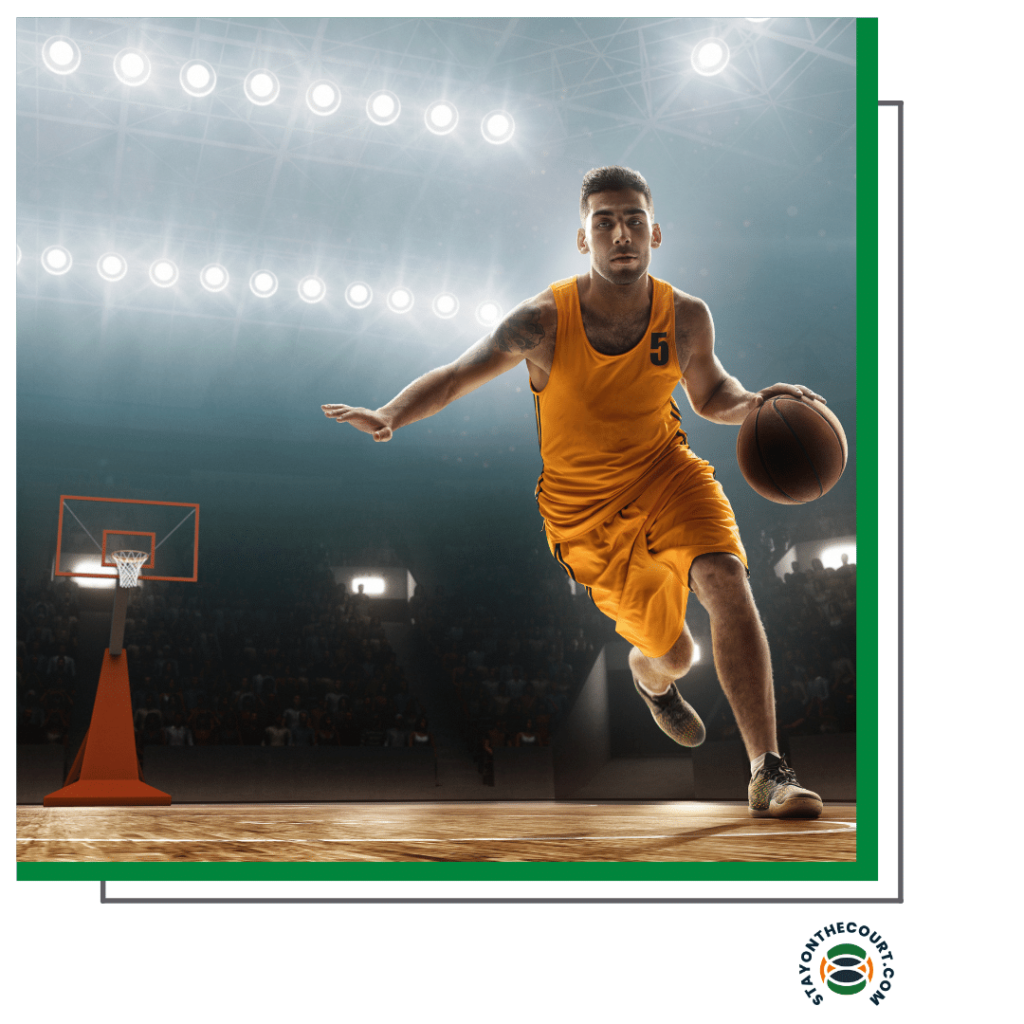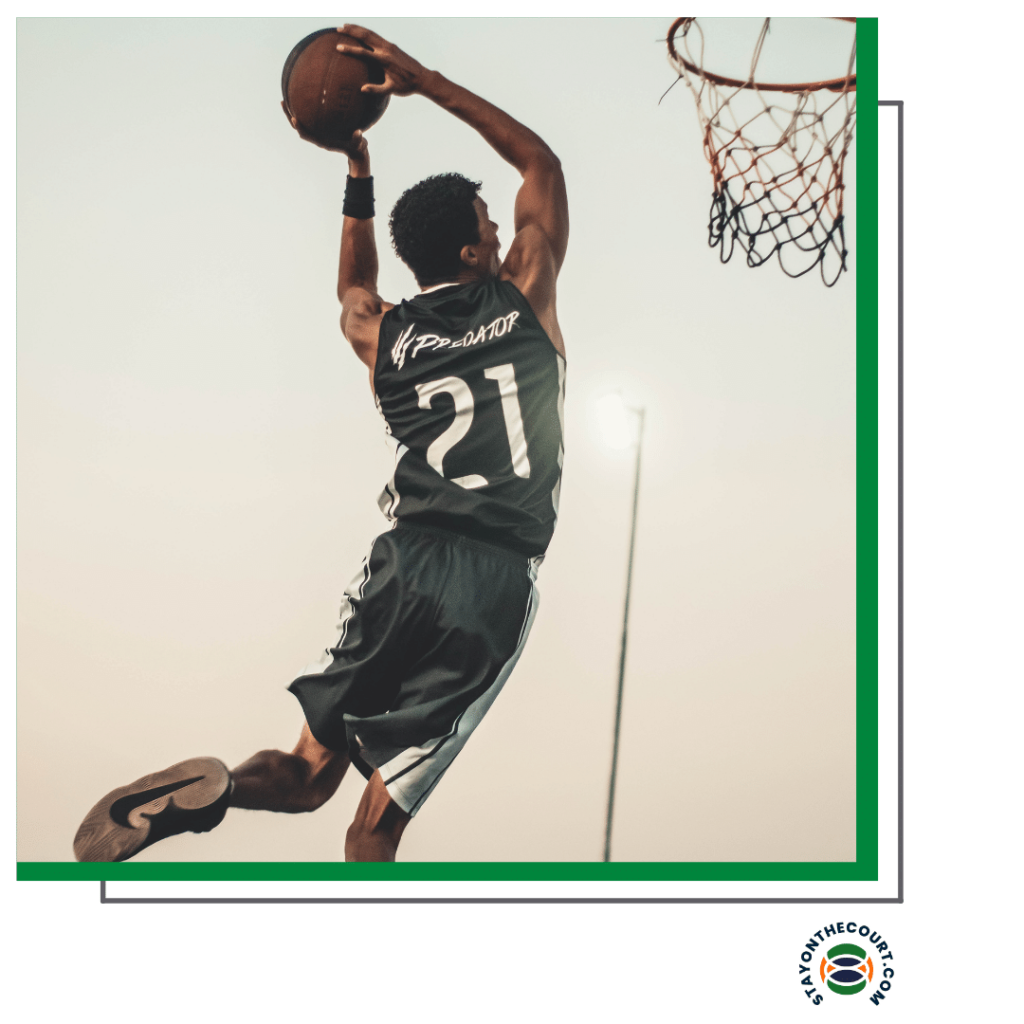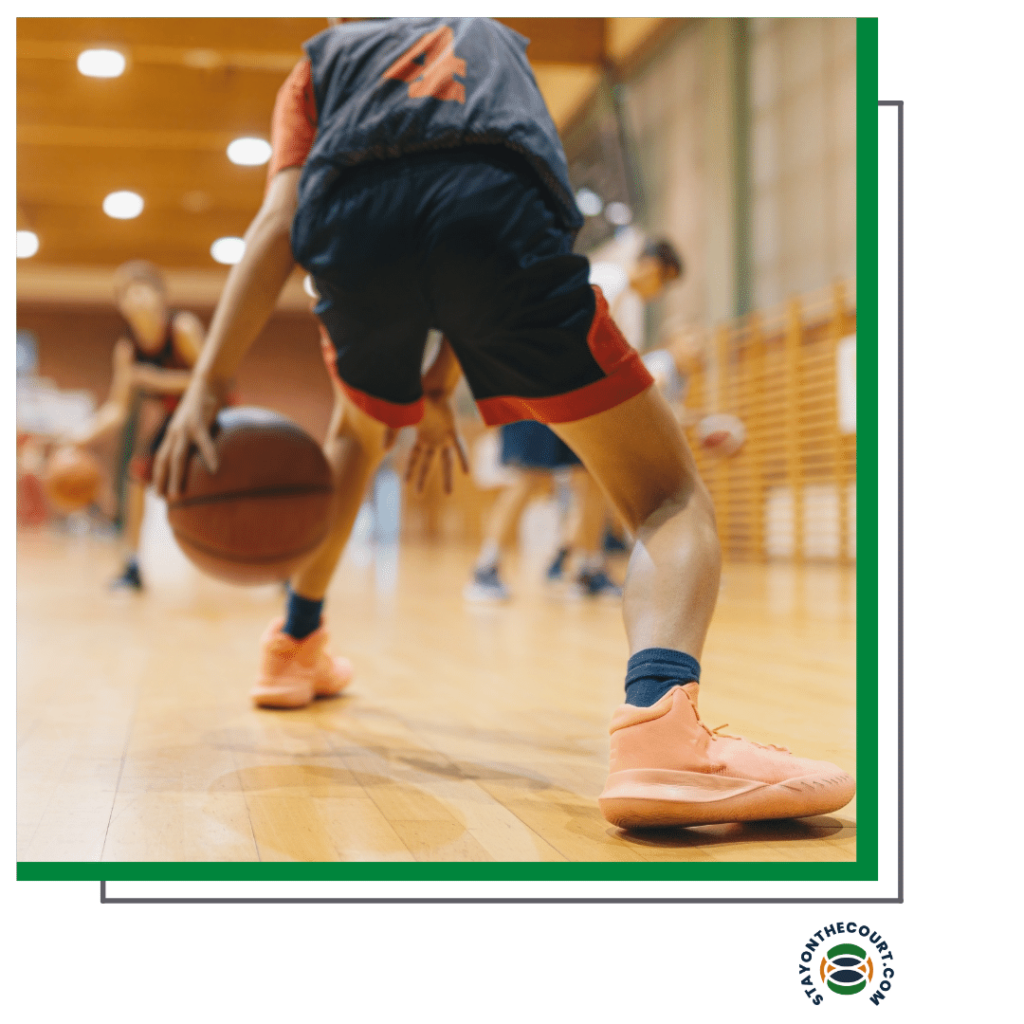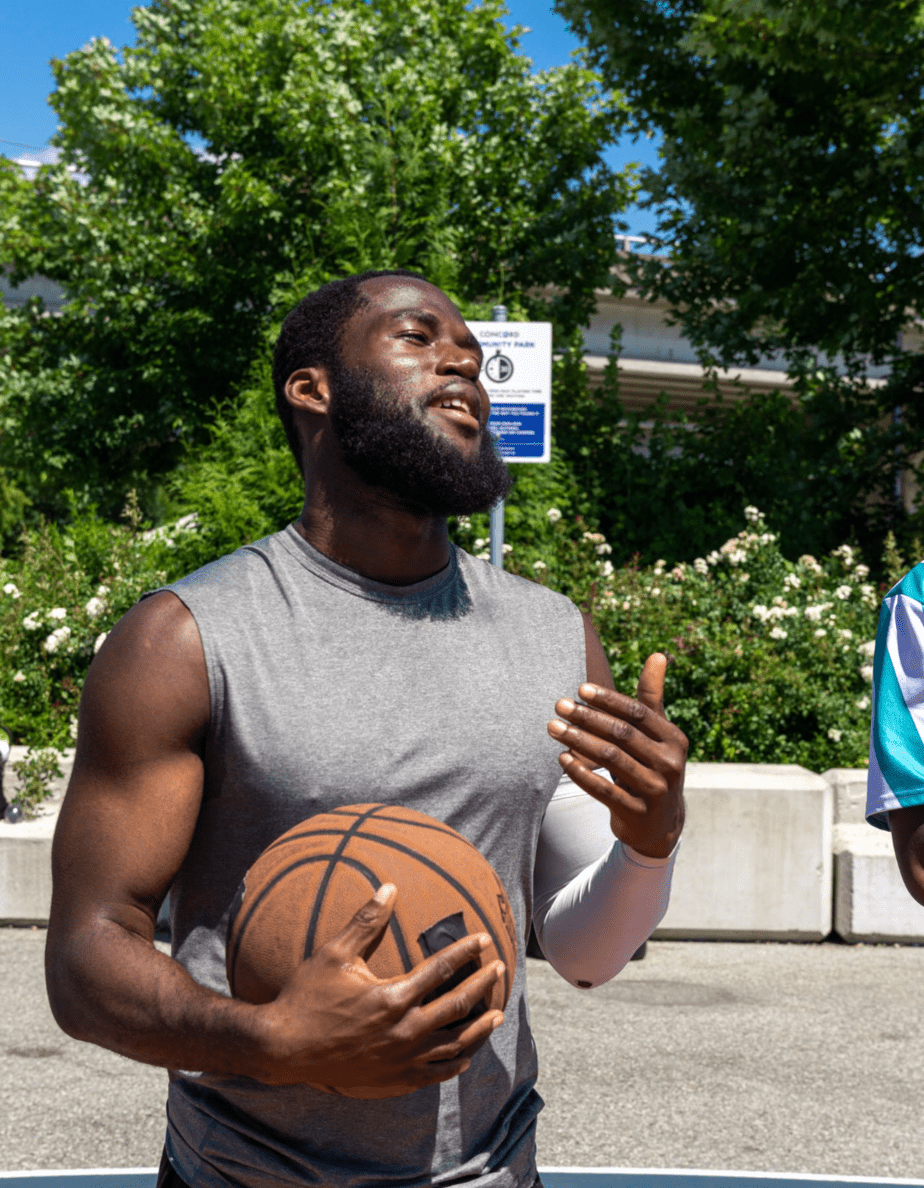What is a wing in basketball? The term “wing” refers to a basketball player on the right or left-wing perimeter area of the basketball court when playing offense. They shoot the ball from beyond the three-point line (three feet behind the basket). This is a question that many people have asked, and it can be difficult to answer. A wing is also called a shooting guard or small forward.

The position of the wing is one of the most important on the basketball court, and many things go into playing it well. In this blog post, we will discuss everything you need to know about the wing position in basketball!
What Is A Wing Or Wing Player In Basketball
A wing in basketball is a player’s position on the court. This could also mean a player who typically lines up on the court near the sideline. Their responsibility is to help move the ball up the court and score points.
Good wing players are quick and agile, making them difficult to defend. They also have good shooting ability, allowing them to space the floor and open up driving lanes for their teammates. Because of their versatility, wings are often some of the most important players on a basketball team.
Three Types Of Wing Players In Basketball
The wing in a basketball game is a term used to describe a player who typically lines up on the outside of the court, near the boundary line. There are three primary types of wings in basketball: shooting guards, small forwards, and power forwards.
Each type of wing has its distinct role and ball-handling skills on the court, and each brings different strengths and weaknesses to the table.

Shooting guards are typically the best shooters on the team, small forwards are often the best all-around athletes, and power forwards is often the strongest and most physical players.
The wing position is one of the most important positions on the basketball court. Wings are responsible for scoring points, playing defense, and rebounding the basketball. Without wings, teams would be lost on both ends of the basketball court.
That’s why it’s so important to know what wings are and how they can help your team win games.
Which type of wing is right for your team will depend on your specific needs and what you value most in a player. If you need someone who can score points in bunches, a shooting guard may be your best bet.
If you need a player who can do a little bit of everything, a small forward may be the way to go. And if you need someone to bang down low and provide some muscle in the paint, a power forward is likely your best option.
No matter the wing positions you ultimately decide on, they all have the potential to make a big impact on the game. So if you’re looking to add some firepower to your team, don’t sleep on the wings!
15 Roles Of Wing Players In Basketball
A wing player in basketball typically refers to a shooting guard or small forward. Their main responsibilities are to score points and defend the opposing team’s best scorer. However, there are many other roles of a wing player that are often overlooked.

1) Be a knockdown shooter– One of the most important things a wing player can do is be a threat from the outside. This opens up the paint for drives and post-ups and also keeps the defense honest.
2) Create their shot– A good wing player should be able to create their own shot when needed. This means being able to take their man off the dribble or pull up from mid-range, this is where you need shooting guards.
3) Put pressure on the defense– A wing player should always be looking to put pressure on the defense. This can be done by driving to the basket or kicking it out to an open teammate.
4) Be a good decision maker– With the ball in their hands, a wing player needs to make smart decisions. This means knowing when to shoot, when to pass, and when to drive to the basket.
5) Be a leader– A good wing player is often looked upon as a leader on the court. They need to be vocal and help their teammates when needed.
6) Be aggressive– A wing player should always be playing with an aggressive mindset. This means attacking the basket, being physical on defense, and going after every loose ball.
7) Be a good rebounder– A wing player needs to be able to rebound the ball well. This means being in position and boxing out their man.
8) Be a good defender– A wing player is often matched up with the opposing team’s best scorer. They need to be able to use their quickness and strength to stay in front of them and make it difficult for them to score.
9) Understand their role– A good wing player understands what their role is on the team. They know when they need to score, when they need to defend, and when they need to just let the game come to them.
10) Run the floor– A wing player needs to be able to run the floor well. This means beating their man down the court and being in position to receive a pass.
11) Be a good passer– A wing player should be a good passer, especially when they are driving to the basket. This often leads to open teammates or easy baskets.
12) Be patient– A wing player should be patient on offense and not force anything. This often leads to turnovers or bad shots.
13) Be unselfish– A wing player should be unselfish and look to get their teammates involved. This often leads to better team play and easier scoring opportunities.
14) Have a high basketball IQ– A good wing player needs to have a high basketball IQ. This means understanding the game and knowing what to do in certain situations.
15) Be a good teammate– A wing player should be a good teammate and help their teammates on and off the court. This often leads to better team chemistry and more success on the court.
Conclusion
A wing in basketball is a player who typically plays on the perimeter of the basketball court. They are responsible for shooting, dribbling, and passing the ball.
Wings are typically taller and faster than other players on the court, and they use their size and speed to their advantage.
Wings are an important part of any basketball team, and they can often be the difference between winning and losing.
Troy Wright
I am a lifetime basketball enthusiast and loved playing basketball competitively through high school. I still try and play at least 3 times a week and explore all kinds of equipment and training to keep myself on the court and continually getting better. I am a college basketball fanatic and move onto the NBA when March Madness ends.
Meaningful conversations happening daily about training, recovery, and injury-specific rehabilitation as well as sport-specific discussions on playing, coaching and refereeing your favorite sport. We welcome experts and those with curious minds seeking answers.
Join The Stay On The Court Community!